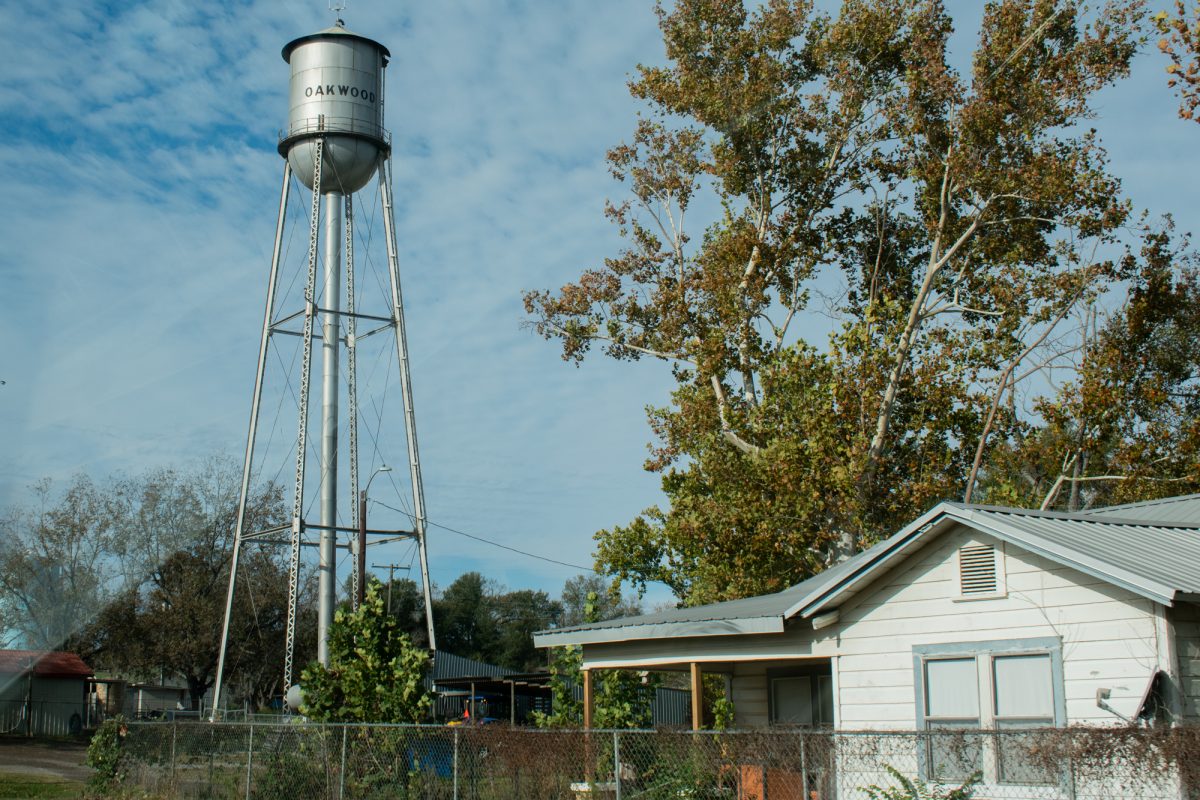What’s the last book you read? Was it “Harry Potter” by J.K. Rowling? Maybe a Colleen Hoover romance or a Stephen King thriller? Or perhaps you’re immersed in the fantasy worlds of Sarah J. Maas?
While these popular authors have undeniable appeal, there’s something missing in today’s literary landscape that’s all too often overlooked: classic literature.
But why do these works seem to gather dust on the shelves?
Truth be told, people don’t seem to see the value of classic books. And it’s tragic. In an age of instant gratification, classic literature offers idiosyncrasies that are timeless.
Here are just a few.
Language
The language and sophistication of classic literature are unparalleled. There is a certain art to the rhetoric; just like how our high school vocabulary is more nuanced than our middle school vocab, the level of expression in classic literature is markedly higher than in modern writing.
But why is this?
Writers of old didn’t have access to instant data like Google. Instead, they had to absorb great amounts of knowledge from conversations, readings and the like, which forced them to infer many meanings from the same word.
For example, “lucid” can be used in the context of a “lucid explanation of a theory” (clear) or “lucid headlights” (bright). Nowadays, we can simply search the various meanings in seconds. Authors of classics didn’t have the luxury and instead had to read book after book until an alternate meaning was placed in words.
As such, writers were able to see vocabulary in multiple contexts, heightening their inventory of vocabulary usage.
This also allowed writers to use singular, beautiful words to encapsulate a whole phrase —like “zephyr” instead of “gentle summer breeze.” Using elegant language turns words on paper into an art form, one that touches the mind and the soul.
Romanticism
Oh … classic literature is unbelievably romantic and terribly evocative. Scenes from books I’ve read still shake me to this day.
If someone were to ask me, “Describe to me the perfect ideal romantic setting,” I couldn’t help but describe the pristine setting Edith Wharton sets in “The Age of Innocence.” “The shore descended … to a walk above the water planted with weeping willows … bay spreading northward in a shimmer of gold … shore growing faint in the sunset haze.”
How can one not fall deeply into the gorgeous pools of romanticism and the picturesque narratives of classic literature? To me, I’m able to live my idealistic life through the characters of these books. And what makes this vicarious living so covetable is the writing’s ability to capture the everyday mundane and make it wonderful. Plus, who doesn’t like dramatic scenes of passionate love?
Meaning
Take the opening line of Leo Tolstoy’s “Anna Karenina”: “All happy families are alike; each unhappy family is unhappy in its own way.” In this singular, first sentence, Tolstoy is able to speak a universal, thought-provoking truth of how humans share universal joy, but feel unique, multifaceted and disconnected sadness.
Many authors of classics gained prominence for their ability to craft complex, yet accessible characters with deeply troubled psyches that remain relatable. In “Anna Karenina,” the plot is straightforward: an unhappy woman has an affair and grapples with guilt. Yet Tolstoy transforms this into a masterpiece, delving deeply into psychology and emotional turmoil, captivating readers from his time to the present.
Or likewise in “Jane Eyre” by Charlotte Brontë. If summarized, the story is simply about a rather plain girl’s life. But Brontë uses Jane’s journey to convey tasteful philosophical ideas, pulling readers into a hurricane of emotions and profound self-reflection.
Through reading classic literature, we can see the depth and complexity of human nature, viewed through the lens of beloved and relatable characters.
Perspective
Classic literature does more than just tell stories; it’s a portal to the past. These works allow us to experience the customs, values and struggles of different eras, helping us understand the worlds in which our ancestors lived.
Take “The Great Gatsby.” Through Nick Carraway’s eyes, we’re transported to the opulent yet morally corrupt world of 1920s America, where the glamor of wealth masks deeper social issues.
Or think of “Middlemarch,” where George Eliot takes us to provincial 19th-century England. We get to see societal expectations, politics and small-town life, all fit into the broader tapestry of human experience.
Even though these works are rooted in their respective eras, their themes remain strikingly relevant. The struggles with love, identity, ambition and morality depicted in these stories are not so different from those we face today.
By putting ourselves into the shoes of the novels’ personas, we get to view a drastically different cultural perspective. Classic literature doesn’t just offer a snapshot of history — it reminds us that, at our core, human nature hasn’t changed all that much.
Beauty
Finally, classic literature distills the human experience into something timeless — beauty that doesn’t fade but deepens with every reading. It reminds us that in a world obsessed with the fleeting, true beauty endures, waiting for those willing to seek it.
Daniel Fu is a finance sophomore and opinion writer for The Battalion.










